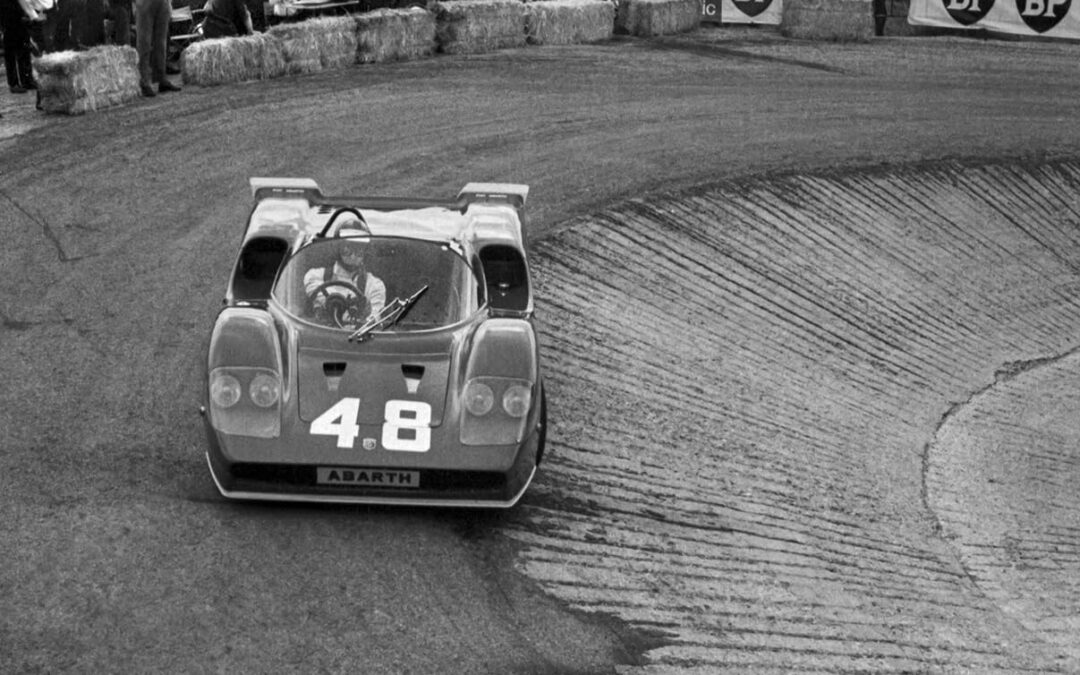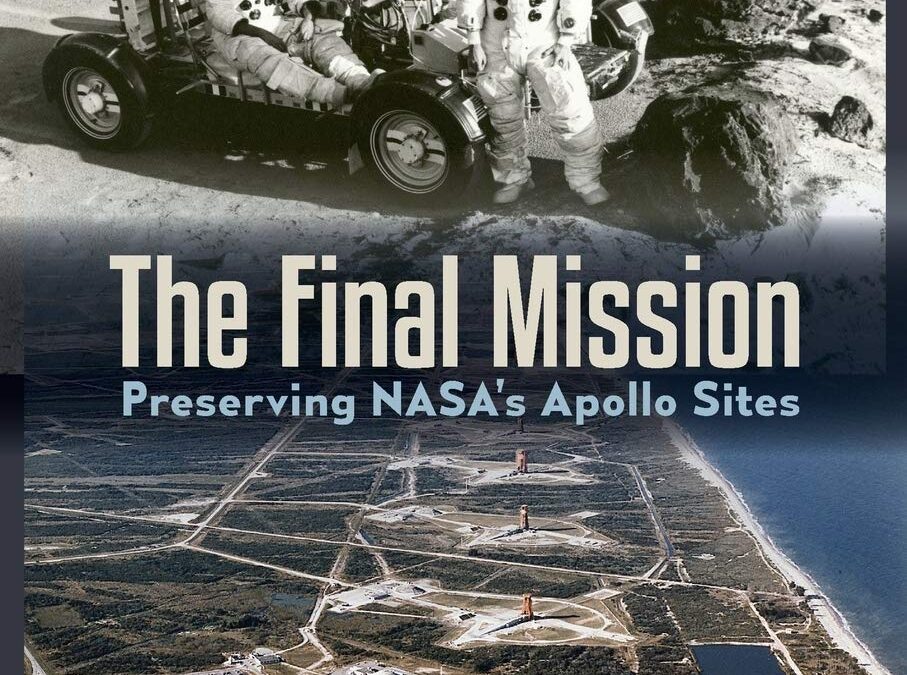
The world will always remember Neil Armstrong and Buzz Aldrin for their first steps on the moon, yet few today hold in respect the sites that made these and other astronauts’ journeys possible. Across the American landscape and on the lunar surface, many facilities and landing sites linked to the Apollo program remain unprotected. Some have already crumbled to ruins–silent and abandoned. The Final Mission explores these key locations, reframes the footprints and items left on the moon as cultural resources, and calls for the urgent preservation of this space heritage.
Beginning with the initiation of the space race, the authors trace the history of research, training, and manufacturing centers that contributed to lunar exploration. From the early rocket test stands of Robert H. Goddard, to astronaut instruction at Meteor Crater, to human and primate experiments at Holloman Air Force Base, innumerable places proved critical to developing the equipment for exploring space, surviving the journey, and returning to Earth safely. Despite their significance to the history of human spaceflight, many landmarks face the threat of damage or destruction. Most alarming is that the rapid advancement of technology renders stations obsolete long before they are deemed worthy of preservation. Moreover, the lack of precedence for protecting off-planet artifacts poses a unique challenge for space archaeology. While NASA’s 2011 recommendations for spacefarers suggest avoiding close proximity to this cultural landscape, the authors advocate stronger routes of preservation and present models for safeguarding space history–both on Earth’s surface and beyond.

Contrary to popular belief, ‘Fluxie’ did not enter the world on full opposite-lock, nor did he have a cigarette in one hand and a pint in the other. Destined to race, he never got the biggest breaks but he did become one of motorsport’s most colourful and best-loved characters, someone who has always lived life to the full.
Ian Flux’s autobiography tells it how it was, covering not only the highs — including five championship titles — but also the many setbacks. Along the way we laugh with him about much of it, particularly the pranks, but also learn about some dark times that he has never previously divulged.
- Early days: growing up on a farm, first kart aged 6, muddling through in the classroom, lots of laughs — but also sexual abuse from a schoolmaster and an early racing mentor.
- The spark ignites: starting to race in 1970 with a Formula 6 kart, then onwards to Formula Vee; brushing shoulders with Formula 1 working for the Token and Graham Hill teams.
- Grabbing the chances: a Formula Vee title in 1975 leads to Formula 3 and Formula Atlantic, but still with various jobs to make ends meet, including as mechanic to motorcycle racing legend Giacomo Agostini for his four-wheel efforts.
- Diversifying into sports cars: successful adventures in Sports 2000 and Thundersports, winning championships in both, plus Thundersaloons.
- A true all-rounder: going into the British Touring Car Championship from 1988 in a wide range of tin-tops; racing a Jaguar XJR-15 in the big-money 1991 series held at Grand Prix races, including Monaco.
- Championship double in 1996: the ‘golden year’ in the TVR Tuscan Challenge and the British GT Championship, the latter with a McLaren F1 GTR.
- So much else: racing on into recent times, notching up nearly 50 years on track; testing competition cars for Motorsport News; driver tuition and track-day demonstrations.
This is a very different kind of racing driver’s memoir, with lots of laughs along the way together with searing personal honesty.
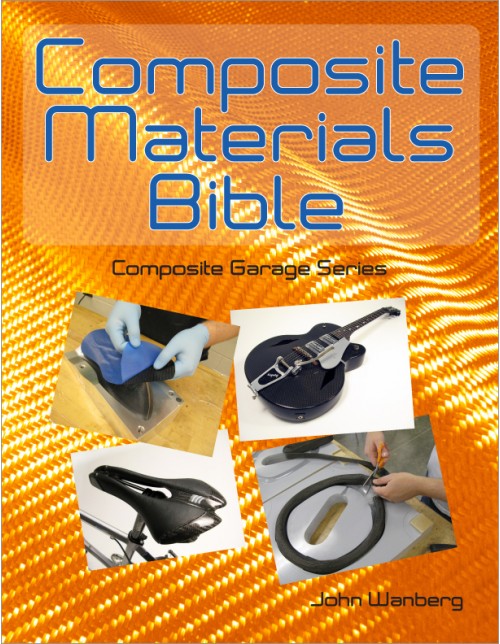
The modern world we live in often requires components made from materials that are stronger and lighter than the more common materials of steel, aluminum, and wood. Today, everything from bicycle frames to aircraft components are made from composite materials such as Kevlar and Carbon Fiber. Unlike those other materials, composite components don’t rust or rot, and they won’t be dented by a minor impact. With the growing interest in these new high-tech materials, there are more and more individuals looking for help in building their own components from composites.
While most of us assume that building from composites requires special skills and tooling found only in specialist shops and well-equipped industrial facilities, nothing could be further from the truth. Professor of Industrial Design, well-known author John Wanberg uses 176 pages and more than 400 images to explain and illustrate the techniques and tools that readers need to make their own components from composite materials. Whether it’s a simple piece that requires no mold or a more elaborate fabrication project that requires both a mold and vacuum bagging, all the necessary how-to information is contained in this new book from Wolfgang Publications.
This new book from John Wanberg combines materials from four previous books plus adds a wealth of new material on the latest trends and techniques in the world of high-tech composite materials. All of the projects and techniques included in this 176-page book are aimed at individuals and small shops.
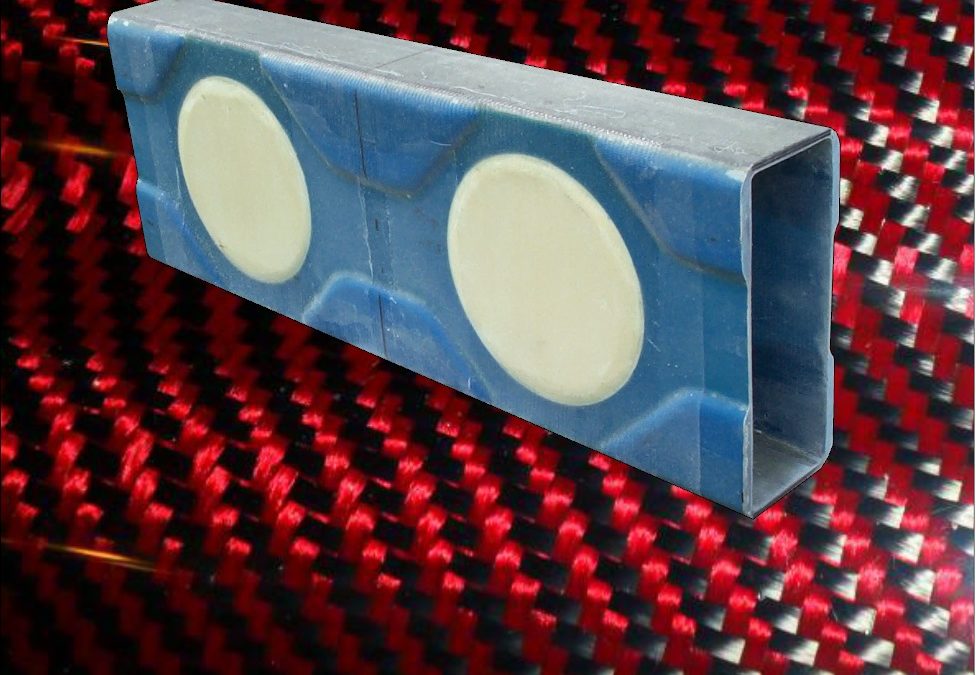
Composite Structures & Construction: Modern methods for Wet-Layup and Prepreg Construction for Aerospace, Automotive & Marine Applications
This book has a broad range from Beginners to Seasoned Composite Designers & Fabricators.
Composite Construction can be an Ideal Fabrication method for:
- Aircraft
- Cars
- Motorcycles
- Boats
Work with a construction medium that will do want you want it to with out an up-hill battle to gain every inch.
Easily Achieve Complex Structures with minimal Tooling & Facilities.
In this book you will learn about:
- Shop Safety
- Tools
- Raw materials: (Fiberglass, Carbon, Cores, Films, Fillers, Inserts)
- Jigs / Fixtures & Molds
- Wet Layup & Prepreg
- Kitting & Flat Patterns
- Bonding & Joining
- Finishing
Order this Book Today & Get Started on your Journey

Filling a void in major works about rare and exotic flight test aircraft, this book is the definitive work on the converted bombers and transports that served as the critically important launch vehicles to the headline-grabbing X-Planes. Covered are scores of aircraft of all types converted for use as “flying laboratories” to test engines, wings, cockpits, and aerodynamic devices all in the name of aviation progress. Also included are the “parasite” aircraft carried aloft to be launched and recovered by their motherships.
With 204 pages and 12 detailed chapters in this book, it thoroughly covers every aspect of mothership, testbed, and parasite aircraft. Also featured are detailed appendices containing extensive reference material for modelers, historians, and enthusiasts, including a complete listing of known engine testbeds; a complete listing of known airframe mods and systems-test aircraft; and all combinations of U.S. and foreign motherships and parasite-carrying aircraft.
Aviation history is filled with legendary aircraft, but in many cases, the design and development of these brilliant machines were dependent on significant inflight testing of new engines, advanced airframe structures, and the latest in flight control and flight-related systems. The availability of already-flying airframes that could be modified easily for specific airborne test work saved years of engineering time, not to mention the lives of countless test pilots who did not have to face airborne risks of the unknown.

Since Pres. Harry Truman established the Nevada Test Site (NTS) in December 1950, it has played a vital role in the security of the United States. For four decades, the test site’s primary purpose was developmental testing of nuclear explosives. Atmospheric tests conducted over Yucca Flat and Frenchman Flat between 1951 and 1962 involved thousands of Army troops and Marines simulating nuclear battlefield conditions. Civil defense planners studied blast and radiation effects and evaluated bomb shelter designs. Testing moved underground in 1963 to eliminate radioactive fallout. Other projects at the NTS included nuclear rocket engine development for space travel, training for NASA’s Apollo astronauts, excavation experiments, radioactive waste storage studies, and aircraft testing. Since the last underground nuclear test in 1992, this geographically diverse testing and training complex north of Las Vegas—known since 2010 as the Nevada National Security Site—has been used to support nuclear stockpile stewardship and as a unique outdoor laboratory for government and industry research and development efforts.
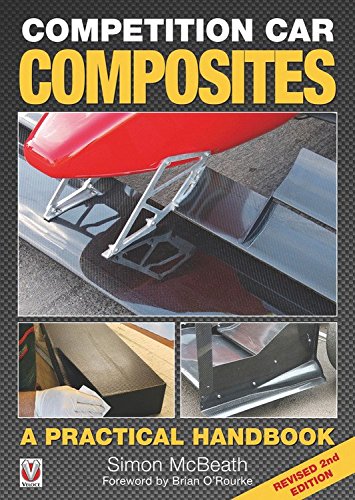
Composites have been around since ancient civilisations began making bricks from clay and straw. Glass fibre, carbon fibre and aramid fibres – to name but three – are recent innovations, yet today there are few competition cars that don’t have at least some components made out of one or more of these materials. However, while it is well known that glass fibre technology can be used in the home workshop, what may not be so widely realised is that more advanced fibres also lend themselves to DIY methods.
This revised edition of Competition Car Composites starts by examining the materials and methods that can be used, explaining basic ‘wet’ and ‘dry’ laminating techniques, pattern making and mould construction, and the design and manufacture of components. It then goes on to cover material and technology upgrades, and how more advanced materials can be exploited to achieve improved properties and reduced weight. The use of thermoplastic materials, resin infusion methods, and, especially, ‘pre-pregs’ in the home workshop, are also discussed, as are the composite techniques used by top racecar constructors.

A guide to fiber reinforced plastic materials, including fiberglass, Kevlar, and carbon fiber. It also includes sections on mold making, plugs, materials, structures, gel coats, advanced building techniques, tools and equipment.
AUTO ART
Michael J.F. Bowyer
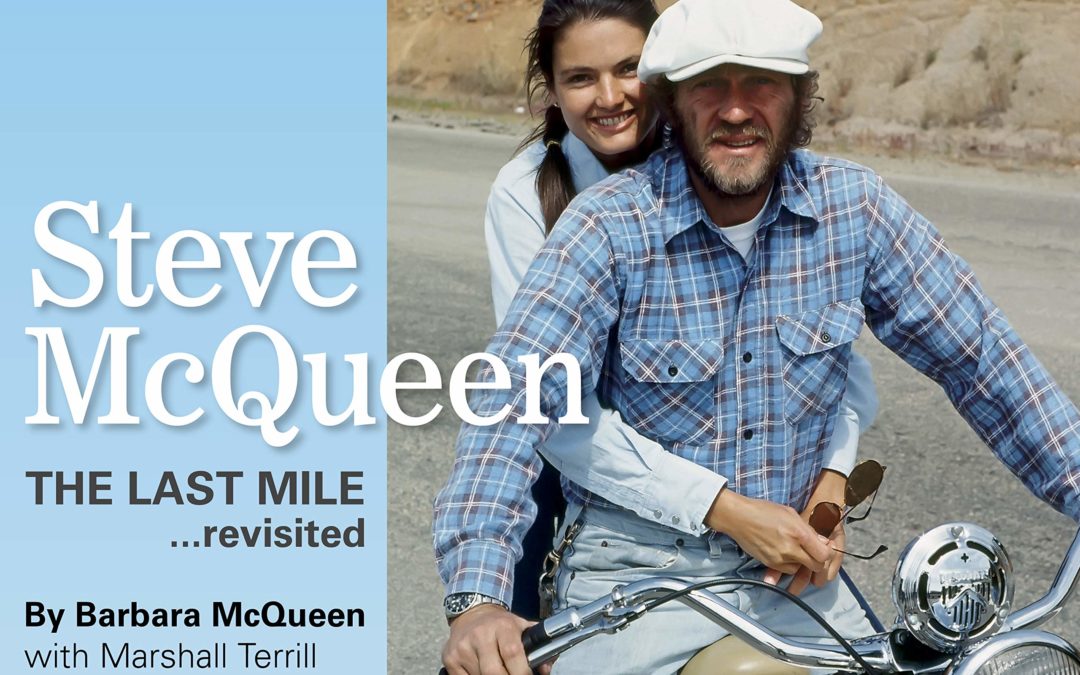
It’s been over a quarter of a century since Steve and I first dreamt of documenting our three-and-a-half year relationship in this beautiful book. We were going to call it The Long Haul with me providing the pictures and Steve writing the passages recalling our crazy life and numerous adventures. But fate intervened when Steve was diagnosed with cancer in 1980. The project, like so many other things, fell to the wayside while we searched for his cure. Steve passed away that November after surgery in Mexico and I never picked up the camera again. My hundreds of pictures of him stayed tucked away in the closet for nearly 25 years. Then something happened inside me when I turned 50 recently – that’s the same age Steve was when he died. It was as if a veil had been lifted and I could finally look back on our life together and examine it without fear. This book is my fulfillment of our earlier dream. I know he would have been proud of it.
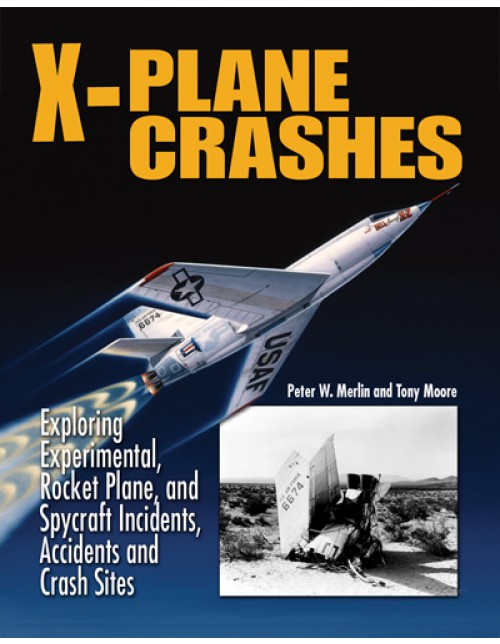
Known as “The X-Hunters,” authors Peter W. Merlin and Tony Moore have located more than 100 crash sites of exotic aircraft from Edwards air Force Base and Area 51. Together, they have recovered parts of supersonic rocket planes, stealthy spy craft, and vehicles that have reached the edge of space. Each story in the book profiles an unusual aircraft and the brave men who flew it. The authors examine the contributing causes of each crash and use then-and-now photographs to illustrate their findings. The stories end with The X-Hunters’ search for the crash site and what they discovered. Each adventure combines C.S.I.-type skills with X-Files persistence, with a dash of Indiana Jones for adventure. Aircraft profiled include the YB-49 and a pair of N9M flying wings, X-1A, X-1D, XB-51, XB-70, SR-71, YF-12, U-2 prototype, and many more.
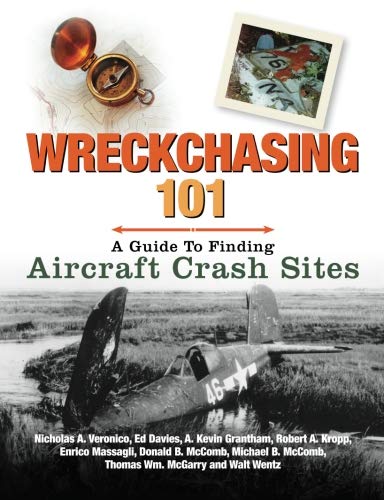
Finding an aircraft crash site is 95 percent research and five percent field work. To be successful at finding historic aircraft wrecks, a Wreckchaser must do the homework first. This book is the starting place for anyone interested in aviation, history, research, hiking, and historic preservation.Wreckchasing 101: A Guide to Finding Aircraft Crash Sites teaches readers how to research and locate a historic aircraft’s final resting place. It takes readers to more than 20 commercial and military crashes and provides extensive research resources, including the longitude and latitude coordinates for more than 500 aircraft wrecks, plus data on another 1,700 aircraft crashes. The book also provides information on how to obtain civil and military crash reports, individual military aircraft record cards, and vital topo maps, as well as lists of Internet resources and recommended reading. Individual aircraft crashes profiled include:• Western Air Express Fokker F-10A • The Philippine Clipper • Grand Canyon Mid-Air • Carole Lombard’s TWA DC-3 • DC-3 That Crashed and Flew Again • Airwest Mid-Air with F-4 Phantom • Airship USS Macon and its Sparrowhawk fighters • Grumman F3F Recovered from the Pacific • Arizona TF-51 crash • Lend-Lease P-39 Found in a Canadian lake …and much more.

In his three previously-published books, Composite Materials: Fabrication Handbooks, Volumes 1-3 Author and Professor John Wanberg, took pains to explain the why and how of building with composite materials. Each page was allocated equally between photos and text.
In this new book of step-by-step projects, John takes a different approach. Instead of explaining the theory and what each component is made of, John cuts to the chase. Nearly every page is allocated to photos.
The pictures lead the reader through a detailed how-to sequence. From making the mold, to cutting the fabric, and finishing the part, all the information is here. Projects include everything from fabricating speaker enclosures to hood scoops and cell-phone cases. Some require only simple molds, while others rely on more sophisticated vacuum bagging methods.
Each chapter starts with copy, just enough to explain the project and the goals. Next comes the material panel: a list of all the tools and materials needed to duplicate the project seen in that particular chapter. Finally, the vast majority of each chapter is filled with the how-to photos. Photos that literally show each step along the way, from the initial sketch to the finished part.

The long and successful cooperation between Porsche and the Stuttgarter Karosseriewerk Reutter & Co. GmbH was, right from its beginning, more than just a marriage of convenience. It was based on mutual sympathy of two unique companies within the automotive industry.
In 1931 the Reutter coachwork company, founded in 1906, started building prototypes of what would later be known as Volkswagen on behalf of the Porsche engineering office. In 1949 Porsche gave the order to Reutter to produce 500 bodies for the Porsche sports car, and around Easter time 1950 the first Porsche 356 ever to be constructed in Germany was finished in Reutter’s factory I. Porsche bought ground from Reutter within the plot of its factory II in order to build a new construction site for manufacturing motors. At the same time Reutter moved the complete bodywork to factory II in Zuffenhausen and from that moment most of the legendary Porsche 356 were manufactured in intensive cooperation and side by side.
Besides those vehicles made by hand in serial-production Porsche 356 presents many prototypes and special cars made for Porsche up to the point of collective evolution of the later called Porsche type 911.
The book’s focus is on the description of the development of a Porsche 356-body, colorfully illustrated and detailed as never before. Much of the material used was taken from the Reutter-family archive. Previously unpublished documents and pictures were found in several institutional and private archives, especially the archive of Porsche itself.
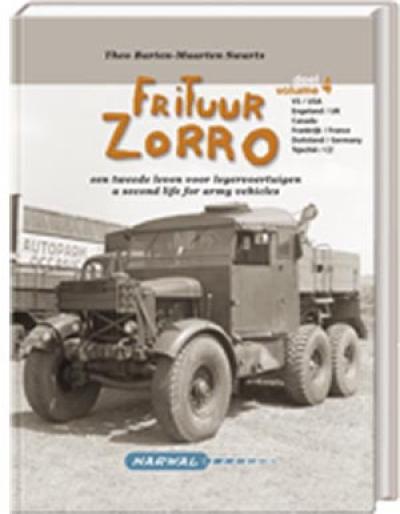
“Frituur Zorro (Zorro’s ‘chippy’, as we might say) is, or was, an Austin K2 that ended its long and probably distinguished life as a mobile chip shop in Belgium. And therein is the concept behind this delightful book, which is, in the words of the authors: ‘A photographic documentation of ‘recycled‘ military vehicles of WW2.
During the ‘seventies the Dutch authors went looking for such vehicles still being to good use in scrapyards, fairgrounds, on construction sites end even as ‘chippys’, and photographed them. Most, apparently, were to be found in Belgium. The photographs are excellent and the text informative in terms of identifying the vehicle and its origins (some being modified almost beyond recognition), explaining its civilian purpose and where the photo was taken. The majority of the vehicles are of US origin, but a sizable number of British and Canadian vehicles are also featured.
The text is both English and Dutch throughout and it is an absolute delight.
”
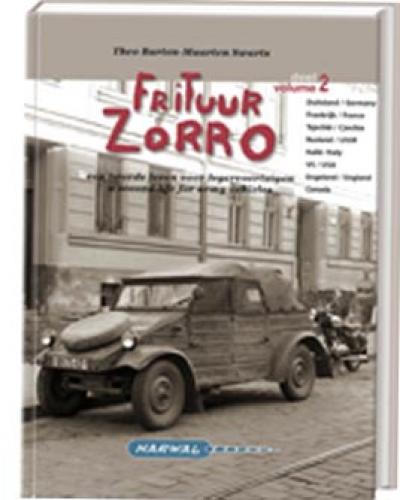
“Frituur Zorro (Zorro’s ‘chippy’, as we might say) is, or was, an Austin K2 that ended its long and probably distinguished life as a mobile chip shop in Belgium. And therein is the concept behind this delightful book, which is, in the words of the authors: ‘A photographic documentation of ‘recycled‘ military vehicles of WW2.
During the ‘seventies the Dutch authors went looking for such vehicles still being to good use in scrapyards, fairgrounds, on construction sites end even as ‘chippys’, and photographed them. Most, apparently, were to be found in Belgium. The photographs are excellent and the text informative in terms of identifying the vehicle and its origins (some being modified almost beyond recognition), explaining its civilian purpose and where the photo was taken. The majority of the vehicles are of US origin, but a sizable number of British and Canadian vehicles are also featured.
The text is both English and Dutch throughout and it is an absolute delight.
”
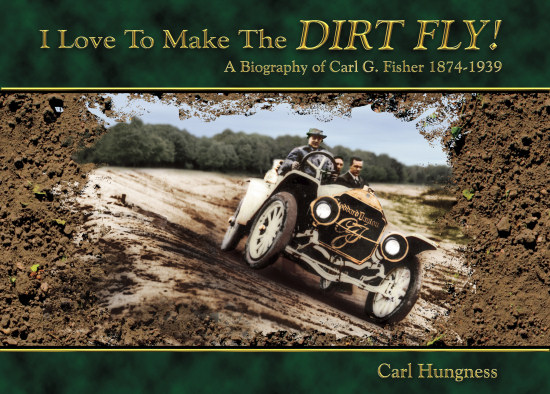
Carl Fisher was an indomitable huckster and salesman who started his working life pedaling magazines and bicycles before making his mark as the key moving force behind creating and building not only the Indianapolis Motor Speedway but also Miami Beach. He’s also considered the father of the Lincoln and Dixie Highways, America’s first interstate road systems, and the creator with IMS partner Jim Allison of Prest-O-Lite, manufacturer of the first mass market automobile headlight.
The title for Hungness’s book comes from Fisher’s love of carving something out of an empty field or wilderness. ‘I love to make the dirt fly!’ was one of Fisher’s favorite sayings which he would deliver with a wide grin at the site of one of his latest field or forest-clearing construction sites. He also loved high society, polo, parties and alcohol.
During this time Fisher started racing bicycles and after a visit in 1900 to a show for the burgeoning horseless carriage industry in New York’s Madison Square Garden he became a convert and soon was selling motorcycles and automobiles. His bicycle shop became ‘Fisher’s Garage’ and then ‘The Fisher Automobile Company’ as he emerged as one of Indianapolis’s most prosperous citizens.
In October of 1908 Fisher indulged in one of his most renowned publicity stunts when he flew a hot air balloon across the skies of Indianapolis while seated in a brand new Stoddard-Dayton automobile suspended beneath the balloon!
At the time the fledgling automobile industry was booming with more than 76 manufacturers setting up shop in the state of Indiana. Most of them lasted only a few years but the fever for automobiles resulted in Fisher building a giant, 2.5-mile test track on the outskirts of town in partnership with Arthur Newby and Jim Allison. The Indianapolis Motor Speedway opened in 1909, the first 500 was run two years later and the 100th running of the world’s oldest race takes place next year. Of course, Fisher went on to engage in many other entrepreneurial escapades, including founding and developing the Prest-O-Lite company with Allison and Miami Beach with Henry Flagler.
‘I love to make the dirt fly!’ will provide readers with a thorough appreciation of the spirit that made both the Indy 500 and America great.

















